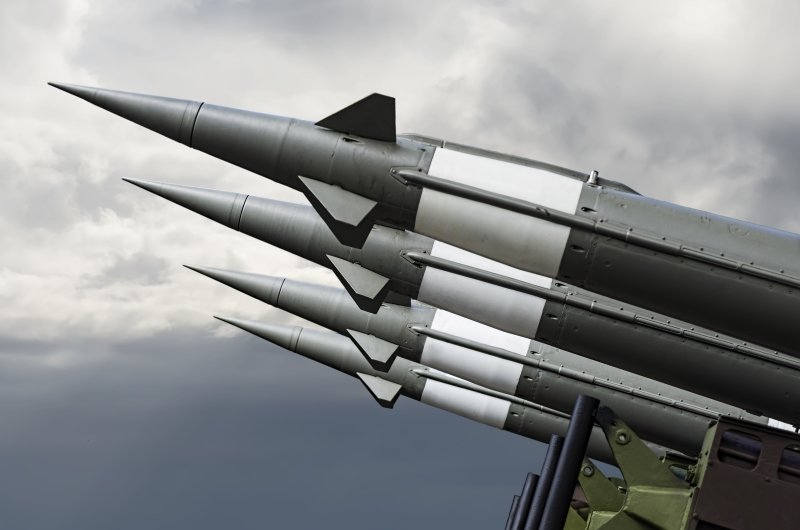In China, researchers at the China Institute of Atomic Energy have developed an artificial intelligence system that claims to verify nuclear warheads with unprecedented accuracy. According to a peer-reviewed study, this technology uses deep learning to distinguish actual warheads from decoys, all without revealing the internal design of the weapons.
Chinese scientists say the breakthrough could redefine arms control verification and strengthen their position in global disarmament talks. While the AI model claims to eliminate deception, it introduces a new concern: technological overconfidence.
So, what exactly is this AI system? The technology relies on a multi-stage process combining cryptography and nuclear physics. During testing, researchers generated millions of virtual nuclear components—some containing weapons-grade uranium, others with lead-enriched materials. The deep learning network demonstrated high accuracy in distinguishing real warheads from fakes. The study also found that this method could reduce the odds of deception to nearly zero.
The AI system’s lynchpin is its ability to verify the chain reaction capability of a warhead without exposing any design details. But here’s the catch: all these calculations are performed entirely by machine interpretation. What if the system is wrong? What if there are glitches?
Even the researchers acknowledged the technology’s limitations, noting that excessive reliance on electronic systems could introduce new vulnerabilities. They warn that, just as in the infamous 1983 false alarm incident, there’s a risk in removing human judgment from critical nuclear decisions. Sometimes, survival may depend not just on technology, but on human intelligence and oversight.

